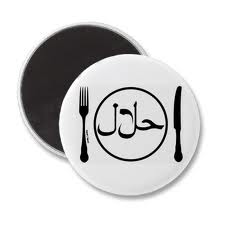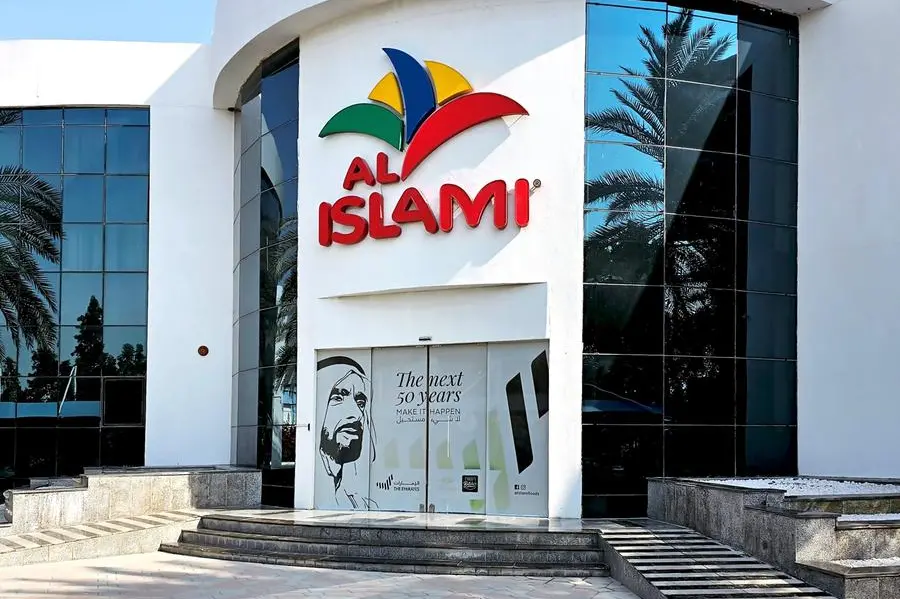By Joy Abdullah – Daily Baraka
Existing brands are taking a keen interest in the global Muslim consumer segment. It’s the new ‘growth opportunity’ for brands to capitalise on. Rightfully so, given the purchasing power and need for brands in this segment.
So how can an existing brand establish itself to this segment?
The brand owners can develop a strong brand based on the ethics and values important to this consumer. This is where the fundamental difference, in creating a brand for the Muslim community, vis a vis brand development for other consumer segments comes in.
1. For other segments, it’s important for the brand to know the emotional drivers or triggers and factor that in, in its architecture, personality and image projection.
2.For the Muslim consumer segment, not only is understanding the emotional drivers important, but understanding the value system on which those emotional drivers are based on and the impact of it on the brands’ supply chain is critical.
An existing brand has an existing “identity” associated with it by their stakeholders. Therefore a “re-brand” of that brand based on Islamic ethics would not jive with the targeted Muslim consumer.
Probably developing a “new” ( could be sub-brand or possible brand extentions from the parent brand if the parent brand is very well known i.e. Nike, Reebok, etc) brand would be the route to take.
Strategically, the ethical values of the brand would have to be expressed through:
- Employees: Projecting the brand’s culture (and experience) to all stakeholders including intended consumers. This would involve ensuring that the brand’s mission, vision and culture is clearly communicated and comprehended through employee levels. More specifically the work culture has to be spot on in terms of delivering the right brand experience to the stakeholder.
- Communication: The brand’s communication has to be from the Islamic ethics perspective in terms of imagery, association, and tonality. It has to address the targeted stakeholder and not be a “one-size-fit-all” approach and clearly show the “individual and social benefit” that the brand usage brings.
So where does one start?
At the business planning stage!
The desire (or intention—i.e. why are we creating this brand based on Islamic ethics needs to be clearly detailed, understood and communicated to the organisation).
This sets the foundation i.e. the brand is developed from the essence of the Islamic ethics and therefore, the purpose, the brand exists is for it to provide a specific benefit to its stakeholders in order to improve their lives. This identification of purpose would lead to ensuring that the development process does not go against the ethical values (of the brand). Thus ensuring that the stakeholders and the brand would develop trust in one another which would result in loyalty.
Currently, there is are MNC’s who have a range of products, which are strong brands on their own that have been made available to the global Muslim community through the usual distribution channels. But none of these brands were developed based on Islamic ethics. They are brands developed in the classical brand marketing framework wherein a product benefit has been highlighted and (in order to address the Muslim community), process wise, they are currently ‘compliant” i.e. adhering to specific Halal standards (for e.g as required in the food category).
But for the brand to achieve success it needs to generate popularity and acceptance within the Muslim consumers. Generating popularity and through that acceptance, whilst not an easy task, is also not impossible.
To obtain popularity or to create a ‘following’ a brand needs to treat the Muslim consumer as a human being first (casting aside the many varied stereotypes that come to mind)– i.e. understanding his/her emotional and aspirational triggers.
Triggers that are based on their value system.
Then factor in the “identity projection” (of the Muslim consumer) from using the brand.
And finally take into account the environment (i.e. the geographical region that the consumer is in and the brand operates in).
Taking all this into account at the brand identity and strategy planning stage would ensure, to an extent, a fair degree of brand pull (Note: other market factors of distribution, pricing, product/service quality etc would have an impact too).
Does this, therefore, mean that those brands that market themselves as “Islamic brands” will start to compete with the global brand leaders?
Muslim brands or “Islamic branding” is a term coined by virtue of the fact that we are all speaking to the global Muslim community. When we say “Islamic or Muslim brand” we mean that it’s a brand that based on the ethics and values of Islam. Why is this done (now)? In order to communicate to the Muslim community that—‘this brand adheres to the code you live your life by. Therefore associating with this brand would benefit you”.
Along with communicating and delivering on its ethics and values the product (of the brand) would need to develop trust (through usage, product quality delivery and word of mouth popularity). As its quality is as per the expectation of the consumer, the pricing and image equally good, there is no reason why a brand developed on the values system appealing to the Muslim consumer would not be attractive to other consumer segments. For e.g. In Malaysia, the usage and acceptance of Islamic Finance retail products is higher amongst non-Muslims than amongst Muslims and the penetration of Takaful {as a financial product} amongst the Muslims is still abysmally low).
At the end of the day, as consumers, most of us use brands on which we have trust and to a great extent we have loyalty with those brands. The parameters on which we select and use brands, at the end of the day, are quite common across consumer segments.
Unfortunately, till date, the ‘product brands’ that have been available in the Muslim community, have come about due to a need to replace what’s available, conventionally, since the available alternative did not sit well with the Muslim community’s value structure. These product brands have a strong foothold locally and in some cases regionally, but lack in delivering the desired brand image association and as a result are not fulfilling the Muslim consumers’ emotional needs.
In summary, in establishing a brand, within the global Muslim community, the brand development should start at the business objective level. That’s where the brand’s ambition should be articulated and mapped in order for the development process to keep that ambition in mind and develop the brand.
I believe, brands whose core consumers are Muslims and tertiary consumers are others, can be developed and can become global brands. By virtue of catering to approximately 24% of the world’s population (currently), it gives any marketer enough volume and value to achieve in years to come and be a global brand in that way.
However, whilst the global MNC’s evaluate the associated risks, the Muslim entrepreneurs and businesses need to bring on board professional business and brand marketing expertise and be more research and insight and innovation driven. Without this they run the risk of not being in sync with the requirements of the Muslim community (as consumers).
It is a matter of time, before the global MNC’s will introduce independent business lines based brands which will comply through and through the value system requirements of the Muslim community and reap the benefits of doing so.



